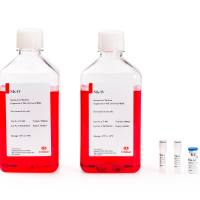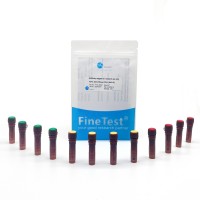Isolation of NK Cells and NK-Like Cells from the Intestinal Lamina Propria
互联网
844
Being exposed to food products, pathogens and harmless commensal bacteria, the mucosal immune system faces a constant challenge. Therefore, maintenance of a homeostatic balance is required to achieve tolerance to harmless bacteria and their products and to induce potent immunity to infection with pathogenic bacteria. Until recently, the literature on mucosal natural killer (NK) cells residing in the intestinal lamina propria was scarce and phenotype and function of gut mucosal NK cells did not receive much attention. Recently, data have become available identifying two distinct subsets of mucosal NKp46+ lymphocytes based on the expression of the orphan transcription factor RORγt. In many ways, the RORγt− subset resembled “classical” NK cells in that it was developmentally dependent on IL-15 but not on RORγt and displayed NK cell function (e.g., cell-mediated cytotoxicity, IFN-γ production). In contrast, the RORγt+ subset developed independent of IL-15 but required RORγt, suggesting that this subset may be related to lymphoid tissue inducer (LTi) cells. Interestingly, these RORγt+ NKp46+ NK-LTi cells constitutively produced large amounts of IL-22, a cytokine regulating antimicrobial protection and regeneration of epithelial cells. In this chapter, we provide experimental procedures to isolate “classical” NK cells from the intestinal lamina propria as well as the newly described lymphoid tissue inducer-like (LTi-like) cells producing IL-22 and co-expressing NK cell receptors.









